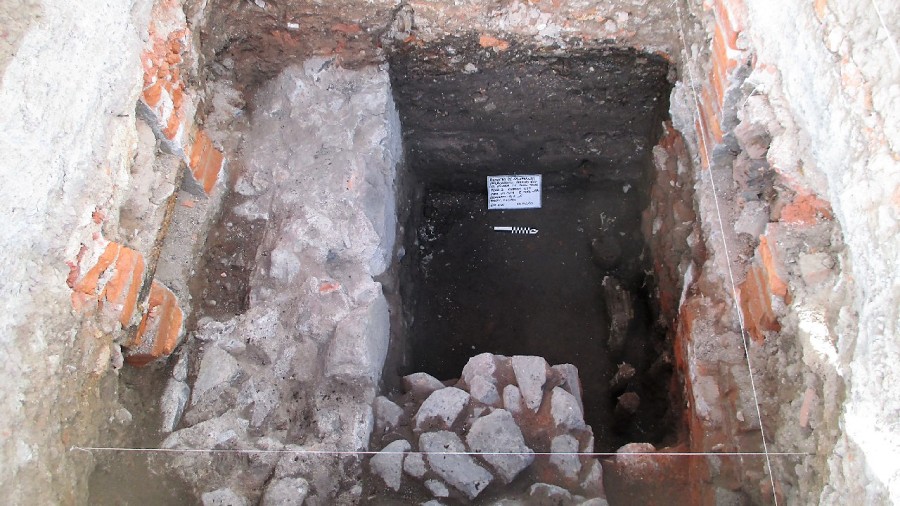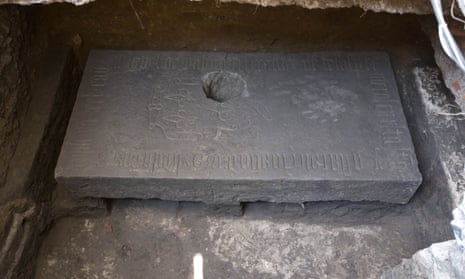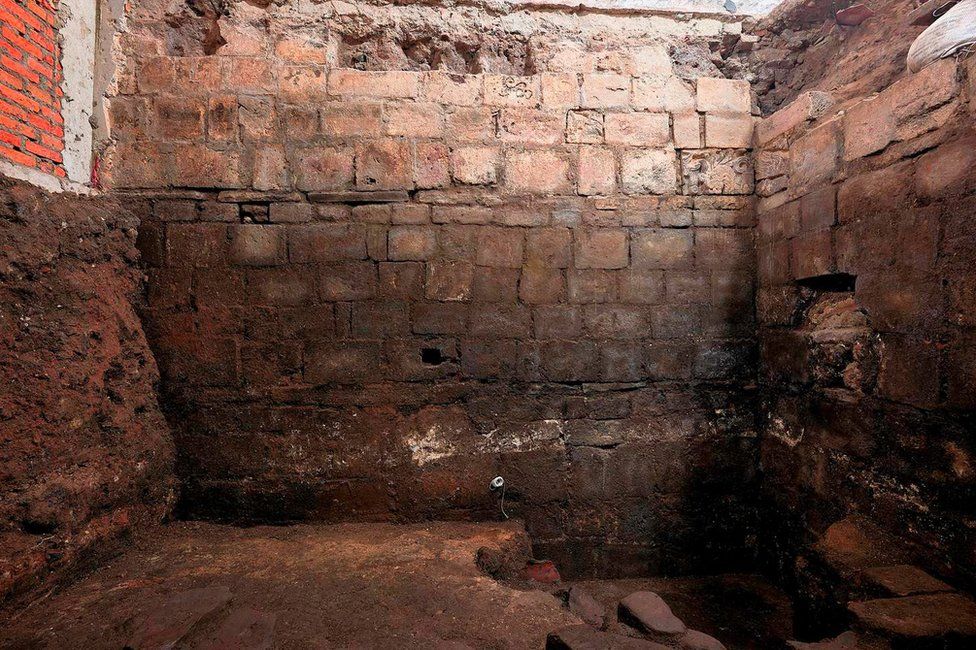Archaeologists performing excavations in Mexico City’s Centro neighborhood dug up more than they bargained for when they uncovered the hidden ruins of an ancient Aztec dwelling, which had apparently been occupied for many generations in both the pre- and post-Spanish conquest eras. Experts from Mexico’s National Institute of Anthropology and History ( INAH), which sponsored the excavations, believe the residential building was likely constructed during the Aztec Empire’s late Postclassical period, which covered the years from 1200 to 1521 AD.

This eye-opening discovery was both fortunate and extraordinary, as the archaeologists were not looking for Aztec ruins. Their excavations were ordered as a precautionary measure, in advance of an electrical power substation construction project that could damage undiscovered underground ruins.
Nevertheless, archaeologists who explore the underground regions of Mexico City are always hopeful that something interesting might turn up. Mexico’s current capital was built directly on top of the Aztec Empire’s spectacular capital city of Tenochtitlan, and that means Aztec ruins could conceivably be uncovered during any excavation.

The Aztec dwelling found by the INAH archaeologists is of modest size, with a total footprint of approximately 4,300 square feet (400 square meters). It was made from adobe (sun-dried brick made of clay), as was customary in the Aztec culture . Based on an exploration of the surrounding area it appears the adobe house was located on the border of two residential neighborhoods, in a city that may have been home to as many as 400,000 people during its most populated phase.
Digging down beneath the building’s thick floors, the archaeologists found two funerary vessels that held the skeletal remains of two infants. They found several other burials as well, along with a mixture of burial goods that notably included spinning tools and an Aztec spindle whorl that would have been used to by experienced clothes makers.

The latter items were likely the property of people who lived in the dwelling and were buried beneath it when they died. It is also possible that the structure was built over the top of an older Aztec cemetery , either intentionally or accidentally.

In addition to textile manufacturing, other craftwork apparently took place at the site of the ancient dwelling. The INAH archaeologists unearthed items that suggested the structure had at some point been repurposed as both a ceramic pottery workshop and a saddlery, with the latter referring to an operation that produced equipment used by horse riders . The archaeologists believe these activities were undertaken on behalf of Spanish occupiers during the colonial era of the 16th and 17th centuries.

Digging in and around the residential structure, the archaeologists also discovered a most unique item. This was a nearly two-foot (60-centimeter) tall stone statue of a man in a loincloth (an athlete?) apparently hurling some type of object. The decorative statue was unpolished, indicating that its maker had been interrupted and could not finish his work for some reason. The researchers speculate that the sculptor might have been working on this statue at the time of the Spanish conquest, and had perhaps hidden it quickly to prevent it from falling into the wrong hands.





